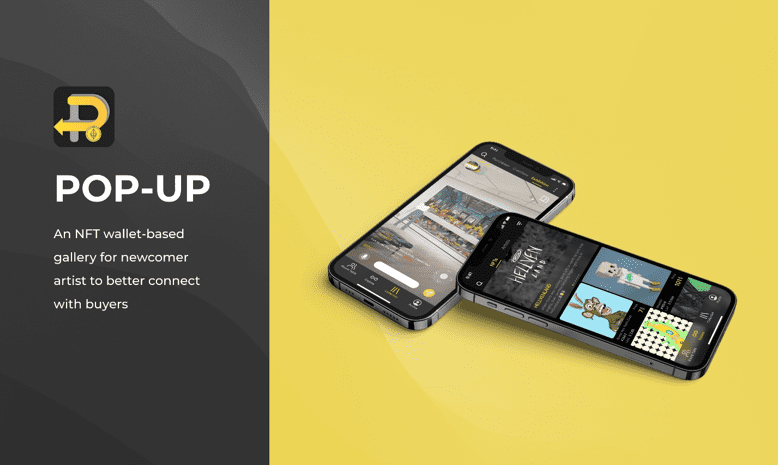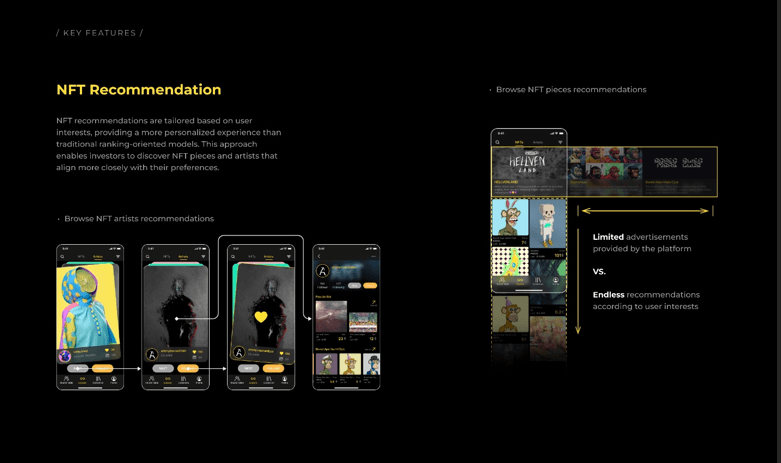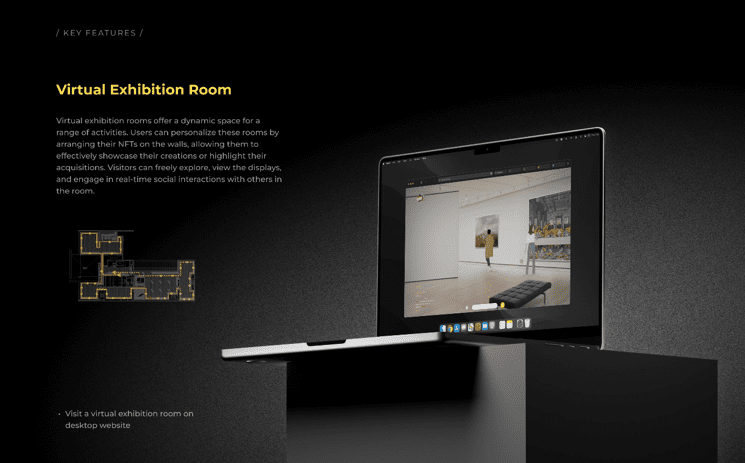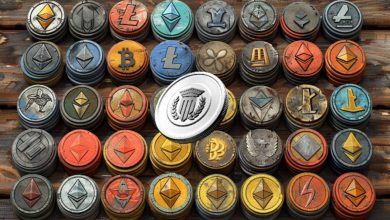POP-UP: Fang Xu, Turning NFT Ownership into Emotional Connection
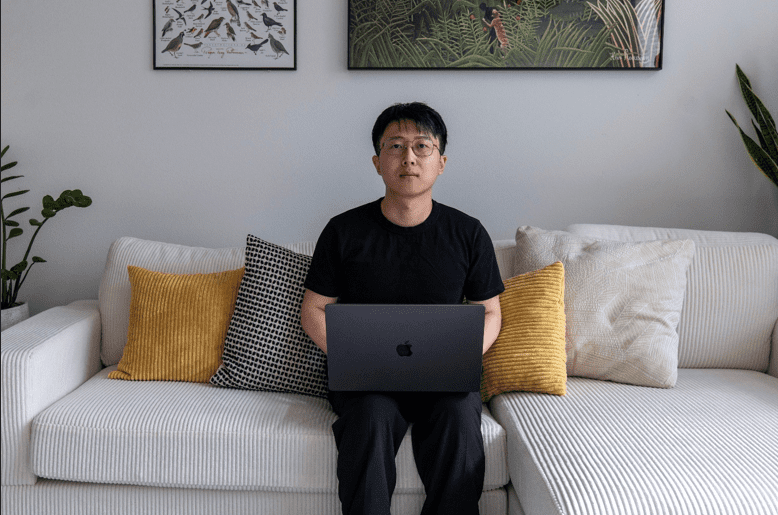
When NFTs first took the world by storm back in 2021, they were hailed as revolutionizing ownership in the digital world. However, as CryptoPunks and the Bored Ape Yacht Club rose to fame, one designer, Fang Xu, noticed something else brewing: an ecosystem quickly consumed by speculation and dominated by a few major players. “The community that once celebrated creativity started to feel closed and profit-driven,” Xu recalls. “That made me question whether the NFT ecosystem had to stay that way.” From there emerged POP-UP, a mobile-first NFT marketplace and wallet based on a simple but radical idea: to render digital ownership personal, social, and expressive again. Instead of handling NFTs as investment assets, Xu wanted to transform them into living narratives, a space where creators and collectors could connect through meaning rather than money.
Xu and his product team started with three main pain points in the NFT space: technical complexity, over-centralization, and emotional distance. “It was hard for everyday users to get started,” he explains. “You needed to install browser extensions, manage seed phrases, and pay unpredictable gas fees— all very technical, all very fragile. That complexity excluded a lot of creative people who might have contributed valuable content. At the same time, a few marketplaces captured all the attention, commodifying art into a volume of trade. Xu sought to turn this around by designing an experience that was human and involving, rather than speculative or elitist. Working with the Product Manager, Xu established POP-UP’s vision as “a mobile-first, story-driven way to connect people with their digital identity.” While his partner prioritized scalability and features, Xu focused on emotional resonance, crafting a UX that felt intimate and expressive. Each aspect, from onboarding to exhibition, was created to leave users feeling confident, connected, and curious. The research process echoed this people-focused philosophy. The team held exploratory interviews with artists, collectors, and newcomers. “We found that most users didn’t see wallets as part of their identity,” Xu notes. “They saw them as storage.” That discovery formed the basis of POP-UP’s design philosophy to transform the wallet into a living, social space instead of a sterile functional item.
Central to POP-UP’s design philosophy was addressing market over-centralization. Rather than relying on dominant platforms, Xu envisioned every user hosting their own micro-gallery, turning ownership into a personal exhibition. Discovery worked through social connections rather than algorithmic feeds, allowing users to follow collections, share stories behind NFTs, and form creative circles. This peer-to-peer setup provided artists with a platform-independent voice. The carefully crafted discovery experience functioned on three interrelated levels: personalized art suggestions that incorporated favorite tastes in aesthetics, personalized artist suggestions that featured artists with similar sensibilities, and live event areas for events and themed drops. Combining intelligent personalization with a human community, this created a discovery that was both smart and soulful. Xu’s most significant challenge was making blockchain’s technical sophistication into emotionally readable experiences. Rather than concealing complexity, the team re-expressed it, creating “cryptocurrency operations” that are readable, narrative-like flows with familiar mobile patterns, progressive disclosure, and soothing micro-interactions. For newcomers, onboarding is simplified to three guided steps with friendly visuals and plain-language explanations. Context tooltips and encouragement for positive actions celebrated incremental achievements, instilling confidence and converting technical procedures into welcoming experiences. The novel exhibition feature was a prime example of this human-focused strategy. Instead of lists of static assets, collectors could create immersive showcases with thematic rooms, personalized layouts, and live viewing sessions. Taking cues from physical galleries as well as social media, the design employed fluid transitions, spatial hierarchy, and gesture-based navigation to make exhibitions feel tactile and personal.
POP-UP received an honorable mention at the Creative Communication Award in 2024, confirming that mixing empathy and new technology struck a chord outside of the design community. For Xu, success was never quantified in terms of trading volume but in accessibility, engagement, and expression, whether users felt empowered, connected, and confident to share their stories. As the NFT market has cooled, Xu’s vision appears prescient. “The next wave will move from trading to meaning,” he foresees, with NFTs integrating into digital culture and not existing separately as abstract assets. Design will be the driver of this transition, enabling users to trust, comprehend, and relate emotionally to what they possess.
POP-UP had taught Xu that innovation is not necessarily new technology; it’s how humans emotionally respond to it. In rapidly changing spaces like Web3, the value is in slowing down and translating complexity into clarity and hype into human value. Most importantly, good design can lead an industry’s agenda instead of following it. His message to other designers is uncomplicated: “Don’t design for the hype—design for the humans behind it. The NFT space changes fast, but people’s need for clarity, trust, and expression never does.” It’s a philosophy that transforms technology from a speculative tool into a canvas for meaningful human connection.

Source: POP-UP: Fang Xu, Turning NFT Ownership into Emotional Connection
